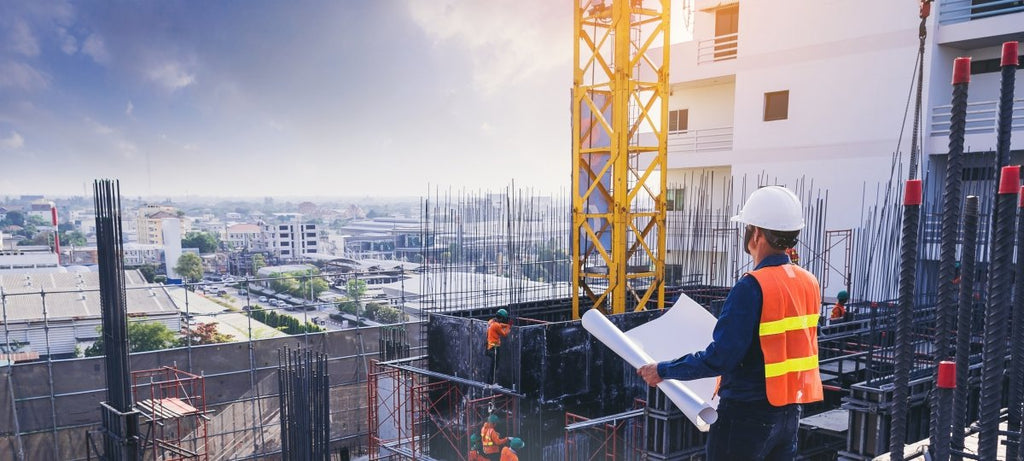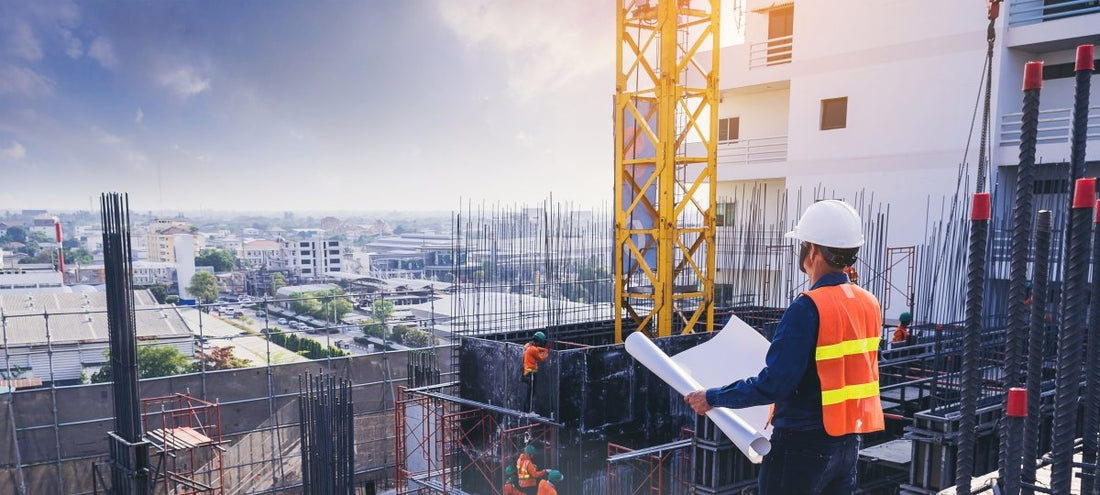
Challenges of Working with Concrete
Concrete entrepreneurs face a variety of challenges in their daily work, ranging from performing basic tasks to dealing with more complex projects. Their responsibilities go beyond simply pouring concrete, involving installing foundations, constructing buildings, applying finishes, and constructing retaining structures. Each project presents its own challenges, requiring specialized skills and adaptability on the part of workers.
Concrete Composition
Concrete is made up of three main elements: water, aggregates (such as rock, sand or gravel) and cement. Cement, in powder form, acts as a binding agent when combined with the other components. It is crucial to understand the correct proportion and quality of materials to ensure adequate concrete durability and strength.
Complexity of the Work
Installing concrete requires technical and practical skills. Each step, from mixing materials to pouring and leveling, requires precision and care. Additionally, workers need to be aware of environmental conditions and specific project requirements to ensure the quality of the final work.
Experience and Knowledge
Concrete contractors rely on their experience and knowledge to meet the challenges of the job. They develop techniques over time and adapt their approaches as needed to deal with different situations. Research and continuous learning are also essential to keep up with new technologies and practices in the industry.
Preparation and Planning
A crucial aspect of working with concrete is proper preparation and detailed project planning. This includes analyzing the site, selecting the appropriate materials, coordinating with other construction teams, and ensuring all safety measures are in place.
Base Preparation: Determining Project Details
Before starting concrete work, contractors need to take time to determine several project details, such as the size, shape, depth, color and desired finish of the base. These elements are essential as they directly influence the project requirements and the concrete base preparation process. Precision in defining these details is essential to ensure that the base meets the specific needs of the project and the expected quality standards.
Cleaning and Leveling: Ensuring a Proper Surface
After defining the details of the project, the area designated to receive the concrete base must go through a meticulous cleaning and leveling process. This involves the complete removal of any obstacles such as grass, rocks, trees, bushes and debris that could compromise the integrity of the base. Additionally, the ground surface must be carefully leveled to ensure an even and stable base, essential to the success of the construction project.
Installation of Forms: Containment and Delimitation of the Area
With the area clean and level, it's time to install the forms that will contain the concrete during pouring and curing. The forms, usually made of wood, plastic or metal, are carefully positioned to delimit the perimeter of the base and prevent the concrete from spreading to unwanted areas. It is crucial to ensure that the forms are properly aligned and level to ensure the uniformity of the concrete base.
Concrete Pouring: Uniform and Complete Distribution
With the forms properly installed, the concrete is poured over the designated area evenly and completely. During this process, contractors must ensure that the concrete is distributed evenly, completely filling the space within the forms. Pouring concrete requires skill and precision to ensure proper distribution and avoid failures in the base.
Screed Application: Compacting and Smoothing the Surface
After pouring the concrete, contractors apply a layer of screed to the surface to compact, level and smooth the concrete. This step is essential to ensure a uniform, high-quality final surface. The screed also helps remove any irregularities in the concrete surface, providing a solid, level foundation for the structure.
Fixing Joints and Edges: Control of Cracks and Movements
During the application of the screed, joints and edges are fixed to the concrete surface. These elements are essential for controlling cracking and movement of concrete during the curing process. The joints help reduce the risk of unwanted cracks, while the edges provide a smooth transition between different parts of the base. It is important to secure these elements properly to ensure the durability and structural integrity of the concrete base.
Establishing a concrete foundation is a fundamental step in any construction project. It requires care, precision and technical knowledge on the part of concrete contractors. By following the appropriate preparation and execution steps, it is possible to guarantee a solid, durable and high-quality foundation, essential for the success of the project. A well-executed foundation laying process contributes significantly to the stability and longevity of the built structure, providing a solid foundation for future development.

